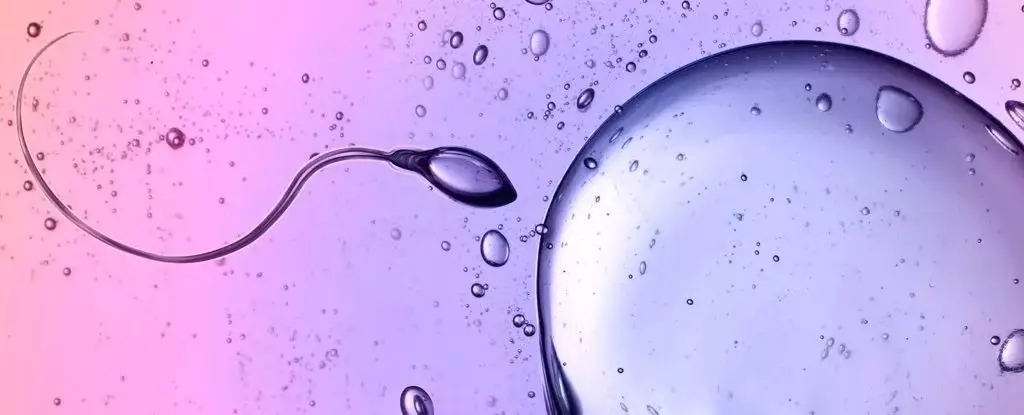The intricate dance of life at a microscopic level continues to reveal compelling insights into dynamics previously only considered within the broad principles of classical mechanics. Recent research led by Kenta Ishimoto and colleagues at Kyoto University shines a spotlight on the remarkable propulsion mechanisms of human sperm and single-celled algae, challenging the very fabric of Newtonian physics when it comes to understanding motion in viscous environments. This exploration has crucial implications not only for biology but also for technological advancements in fields such as robotics and fluid dynamics.
Traditionally, Newton’s laws of motion, penned in the late 17th century, have served as fundamental rules to explain the white-knuckle tussles of physical objects in our macroscopic world. One of the cornerstones of these laws is the third: “for every action, there is an equal and opposite reaction.” This principle encapsulates a symmetry that seems to govern the interactions between objects—yet remarkably, as this research indicates, it falls short when applied to the unorthodox behavior of microorganisms.
Ishimoto’s study reveals what is known as non-reciprocal interactions in the chaotic realms of biological motion. Human sperm and algae do not simply obey the predictable equations that govern most classical mechanics; they exhibit a quirky ability to navigate environments that should inherently resist their advance. The study suggests that their mode of propulsion, characterized by whip-like tails or flagella, operates within a framework that allows them to circumvent the balanced reactions outlined by Newton.
In simpler terms, these microscopic entities harness their internal energy sources, which gets dynamically integrated into their motion with each flexible movement. Unlike marbles rolling down a slope, where the forces are equal and predictable, sperm and algae’s self-generated thrust breaks free from equilibrium. It is a departure from the standardized physicality, where nature prefers symmetry and balance.
The intricacies involving the whip-like motion of the flagella, which drive these cells, present a fascinating paradox in physics and biology alike. According to the research, these slender appendages can bend and whip about without succumbing to energy loss in highly viscous environments. This phenomenon, termed “odd elasticity,” encapsulates the unique properties that allow these cells to achieve forward motion. However, defining this motion purely on elasticity proved insufficient.
The researchers proposed a novel concept—the “odd elastic modulus”—which enriches our understanding of the internal mechanisms governing flagellar motion. By modeling the behaviors of both human sperm and Chlamydomonas algae, the study delves deeper into the nonlocal, nonreciprocal interactions of the materials constituting flagella and their functional dynamics, proposing a radical rethink of how mechanical properties contribute to biological forces.
The implications of these findings extend beyond academic interest; they hold profound potential for practical applications. The principles learned from the propulsion of these cells may inform the design of small, self-assembling robots that mimic biological organisms. Such devices could see uses ranging from targeted drug delivery systems to environmental monitoring applications, combining biology and engineering in innovative ways.
Moreover, the modeling techniques developed through this research can illuminate the nuances of collective behavior in biological systems. Understanding how individual units interact non-reciprocally can deepen our comprehension of larger biological phenomena, such as the collective motion seen in swarming insects or flocks of birds.
Ishimoto’s investigation into the propulsion mechanisms of human sperm and algae challenges not just our understanding of physics but also invites us to appreciate the elegance of biological systems in a viscous world. By stretching the boundaries of Newtonian physics, this study unveils a realm of motion defined not by rigid equations and symmetrical counterparts, but by flexible, dynamic interactions that harbor remarkable potential for continued exploration. As we venture further into the microscopic, we find that life, in all its convoluted glory, constantly defies the expectations set forth by its classical predecessors.


Leave a Reply